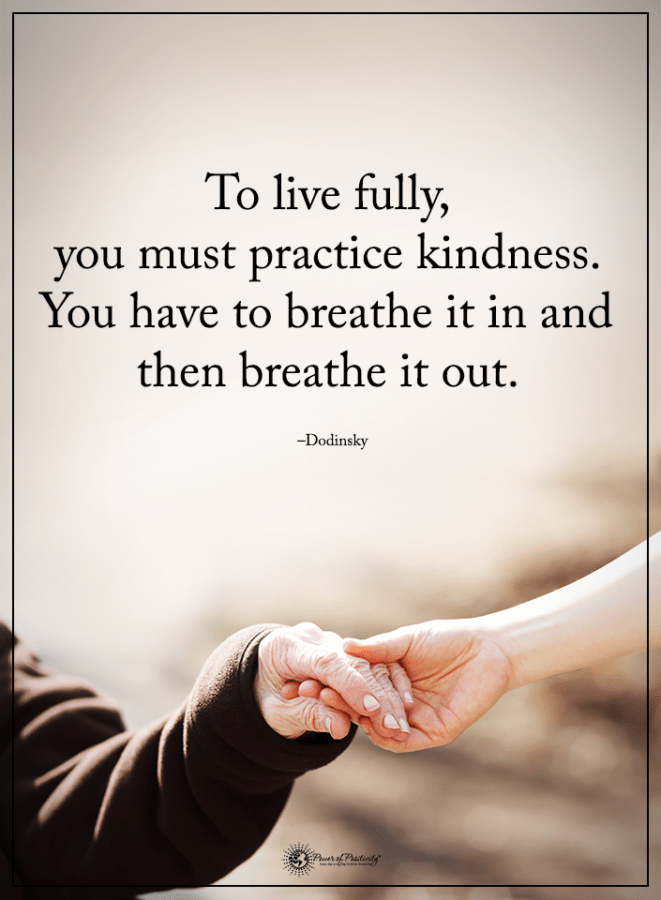Women know that men might never understand some of the things we do, so it is fun to torture them with the stark contrasts in our behavior and keep them guessing. Below we explore five of the top things women do that men find puzzling about our sex.
NOTE: We recognize that sometimes the opposite is true–that women do things that men can’t comprehend. We covered that topic separately, as the behaviors somewhat differ.
5 Things Women Do That Men Have A Hard Time Understanding

1. Intentionally subjecting ourselves to emotional or physical pain
If a tissue box is required for watching, you can bet that men do not understand a woman’s need to watch movies that make us cry. Why do women put themselves through these emotional roller coasters? Researchers say it is likely because we are seeking to understand how to achieve romance in a relationship. However, ‘chick flicks’ affect relationship expectations, beliefs, and overall relationship experiences for both women and teenage girls.
Seeking to understand the suffering of others in sad movies could be related to the reason women wear uncomfortable fashion; wearing those heels isn’t comfortable, but being comfortable is not the point. There will be times when we have to face difficult emotional and physical feelings. Subjecting ourselves to pain is a way to adapt to our own difficulties since a broken heart is nothing compared to a shoe strap that digs in to your foot all day.
2. The ladies’ room party
Revealing what happens when a group of women go to the restroom together feels like a betrayal to the female sex, but men may never otherwise understand this thing that women do. From sharing feminine hygiene products to talking about our dates to planning an escape from a bad date or trading makeup tips, there are many reasons we need a partner or three in the ladies room.
3. Asking trick questions
“Does this make me look fat?” or “Why don’t you just marry your friends since you spend all your time with them?” are trick questions that men know they should not answer, and yet women do this in conversation. Women are very good at expressing emotions, but sometimes we struggle to say “I’d like a compliment from you” or “I wish you enjoyed spending time with me as much as you do with your friends.” So before you answer, take a moment to realize that she needs some loving attention, and then give it to her.
4. Saying the opposite of how you feel
“Nothing’s bothering me, I’m fine,” is not the truth, but saying the opposite of what we mean is one thing that women do that men cannot understand. Body language, tone, facial expression, and context are what she is hoping you can interpret when a woman doesn’t tell you what is wrong. Most likely, she doesn’t think you are capable of understanding why she is so frustrated with you.
5. Complain when guys hit on us
For most men, getting upset about constantly receiving sexual advances is something that they will never understand. But for women, it means bringing our ‘A’ game of diplomacy. Tactfully, yet assertively declining your offer and continuing to put you at ease all the while. There is an art to rejecting advances, and most women have had a lot of practice at it. Unfortunately, men don’t see their assertive pickup lines as a problem like women do.
Researchers in 2001 at the Women’s Studies International Forum say that sexual harassment is not a broad enough term for what women deal with in some oppressive environments. There were instances of sexism reported where although the women did not interpret these experiences as sexual harassment, they were not saying that they welcomed these experiences, either.
Equality between the sexes may have made social advances, but the differences between us can leave a vast cavern of misunderstanding. Improving emotional intelligence and ability to empathize with women’s emotions is a path to help men understand these 5 mysterious things about us women.










